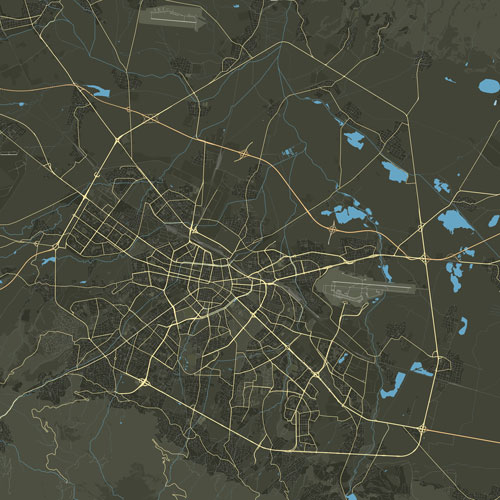In the aftermath of the war, Bulgaria plunged into a period of political turmoil. On October 6, 1919, Prime Minister Alexander Stamboliyski’s government took office. During the same year, Bulgaria signed the Neuilly Peace Treaty. Subsequently, early parliamentary elections were held in March 1920, resulting in a victory for the Bulgarian Agricultural People’s Union (BZNS). This victory led to the formation of an independent agricultural government (May 21, 1920 – June 9, 1923), with Stamboliyski at its helm.
On December 16, 1920, Bulgaria gained admission into the League of Nations. However, dissatisfaction with the BZNS administration prompted the Devetoyun coup of 1923, orchestrated by the Military Union under the leadership of Colonel Damian Velchev. This coup resulted in the formation of a coalition government led by Alexander Tsankov, the leader of the People’s Agreement. Efforts to resist by groups such as the Orange Guards and agricultural unions were swiftly suppressed. Tragically, Alexander Stamboliyski was captured and met a brutal demise.
Under the influence of military pressure, the Democratic Conspiracy party emerged in August 1923. Concurrently, Moscow directed the Central Committee of the Bulgarian Communist Party (which had close ties with the socialists) to initiate plans for an uprising. The September riots of 1923, however, were destined for failure from the outset. Subsequently, in November of that year, the Democratic Conspiracy secured victory in the elections.
In 1924, the State Defense Act was enacted, leading to the prohibition of pro-communist organizations. Forced underground, the Bulgarian Communist Party (BCP) intensified preparations for a new uprising under pressure from the Comintern. On April 16, 1925, the BCP’s military wing carried out an attack on the Saint Nedelya Church in the capital, resulting in the tragic loss of over 150 lives and injuries to 500 individuals. In response, the government launched a crackdown, leading to the arrest and execution of prominent left-wing figures.
On January 4, 1926, Bulgaria saw the formation of a government led by the Democratic Alliance, with Andrey Lyapchev assuming the role of Prime Minister. During this period, Bulgaria secured significant financial support from the League of Nations, obtaining two substantial loans: the “Refugee” loan in 1926 and the “Stabilization Loan” in 1928.
In 1927, Bulgaria and Greece signed the Mollov-Kafandaris agreement, facilitating the exchange of populations between the two countries. This same year saw the establishment of the Workers’ Party and the “Zveno” political circle. The subsequent years witnessed the founding of various organizations, including the Workers’ Youth Union and the Bulgarian Agricultural People’s Union “Vrabcha 1” in 1928, and the Bulgarian National Student Union in 1930.
Meanwhile, the activity of the Internal Macedonian Revolutionary Organization (VMRO), now under the leadership of Ivan Mihailov since 1928, intensified. In 1931, the People’s Block, formed as a broad coalition, emerged victorious in the elections. Alexander Malinov assumed the role of Prime Minister from June 29 to October 12, 1931, followed by Nikola Mushanov, who led the government from October 12, 1931, to May 19, 1934.
On May 19, 1934, Bulgaria experienced a significant political upheaval as the Military Union, in collaboration with the “Zveno” political circle, orchestrated a coup. This event led to the dissolution of the National Assembly and the subsequent banning of political parties. An authoritarian non-party regime was established, with Kimon Georgiev assuming leadership from November 23, 1935, to February 15, 1940.
During Georgiev’s tenure, Bulgaria witnessed a period of authoritarian rule, marked by strict governmental control. However, Tsar Boris III intervened, leading to Georgiev’s resignation and the consolidation of power under the monarchy. The influence of the Military Union waned, culminating in its dissolution in 1936, with officers prohibited from engaging in politics.
Despite the ban on political parties, some former leaders organized themselves into the political group “The Five” and nationalist organizations such as “Ratnik” and “Bulgarian Horde” in 1936. Additionally, Bulgaria sought to address its diplomatic relations, signing the Bulgarian-Yugoslav Pact in 1937 and the Thessaloniki Agreement in 1938, aimed at resolving military tensions and addressing the legacy of the Neue Peace Treaty.

